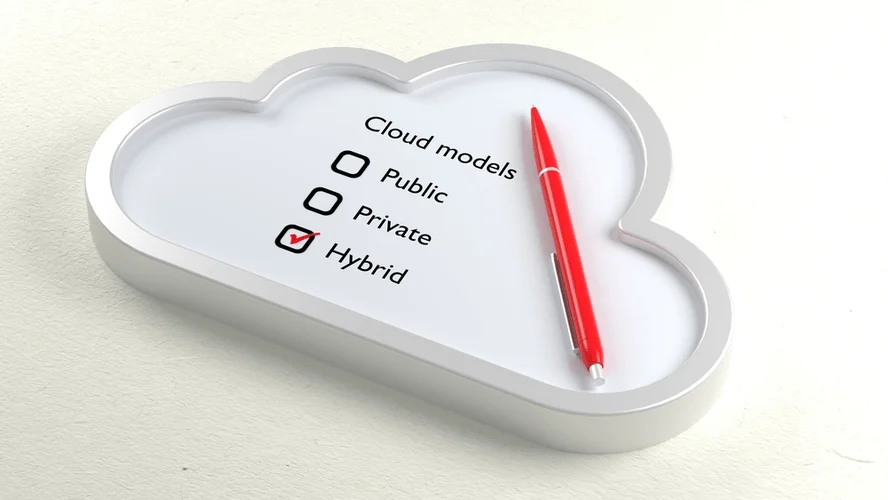Desktop operating systems and network operating systems contain many applications. A printed circuit board programmed with an embedded system commends the hardware to process the input. The communication interface and the data are used to process and calculate the results. Laser printers have embedded devices that make use of systems to control various printing-related functions. Along with the primary function of printing, it also handles user inputs, errors, etc. Programming languages, such as embedded C, Python and JavaScript are among the many languages that can be used for embedded software development.
- Most embedded applications are in real time, meaning they respond to an outside event in a predictable way.
- This article will give you a thorough detail on what is embedded system is, starting from microcontrollers to their complex applications.
- Laser printers have embedded devices that make use of systems to control various printing-related functions.
- A property common to all embedded systems is that they interact with the physical environment, often deriving their inputs from the surrounding environment.
An Embedded System is a system that has software embedded into computer-hardware, which makes a system dedicated for a variety of application or specific part of an application or product or part of a larger system. An embedded system is a system in which the computer (generally a microcontroller or microprocessor) is included as an integral part of the system. Electric vehicle charging stations supply electric power to recharge the batteries of connected electric vehicles. Embedded systems are used in charging stations to provide computing power for graphics displays, automatically highlight technical issues, and alert technicians about upcoming maintenance requirements, among other functions. Finally, the debugger is a software component used for debugging and testing. It is responsible for scanning the code, removing bugs and other errors, and highlighting the specific instances where they occurred.
Low Cost
Real-time embedded systems are designed to prioritize output results calculation speed; They are used in critical mission areas, like aerospace which requires important data at sudden moments. Most consumers are familiar with application software that provide functionality on a computer. However embedded software is often less visible, but no less complicated.

It is a microcontroller-based control system used to perform a specific task of operation. Embedded systems are crucial in several technologies, including the internet of things (IoT) and machine-to-machine (M2M) devices. Almost every smart device today uses this versatile technology in some capacity or the other.
Examples of embedded systems
This article will give you a thorough detail on what is embedded system is, starting from microcontrollers to their complex applications. Depending on the complexity and use of the device, the software layer might include a variety of components. Another difference in embedded systems is the software system build process, as shown in Fig. Like the name given, standalone embedded systems can function entirely without a hosting system. Web applications are often used for managing hardware, although XML files and other output may be passed to a computer for display.

Such systems use microcontrollers (MCUs) or microprocessors (MPUs), or they may use custom-designed chips. Deployed by the billions each year in myriad applications, the embedded systems market uses the lion’s share of electronic components in the world. The importance of embedded systems is continuously increasing considering the breadth of application fields where they are used. For a long time, embedded systems have been used in many critical application domains, such as avionics and traffic management systems.
User interfaces[change change source]
In short, outside of being “types of computer systems,” the only specific characterization that continues to hold true for the wide spectrum of embedded system devices is that there is no single definition reflecting them all. Embedded systems usually minimize the cost of the processor environment in large volume manufacturing to save costs and to maximize profits, which helps the product to be commercially competitive. Minimizing the processor definition of embedded system environment directly affects the software that operates it. Conversely, the costs of packaging and delivering desktop software, however, are generally small and have no impact on the development of the software. Microwave ovens are standalone embedded systems, but they aren’t portable or small to be considered mobile embedded systems. Mobile embedded systems like POS machines are smaller, and portable, and they only work via a network.
Whether or not the traditional embedded definitions should continue to evolve or a new field of computer systems be designated to include these more complex systems will ultimately be determined by others in the industry. An embedded system is a computer system with higher quality and reliability requirements than other types of computer systems. Some families of embedded devices have a very high threshold of quality and reliability requirements. For example, if a car’s engine controller crashes while driving on a busy freeway or a critical medical device malfunctions during surgery, very serious problems result.
Software
Second, an embedded system is traditionally built together with the software intended to run on it. Such a parallel model of developing hardware and software together is known as hardware-software co-design. Recently, there has been a trend where an embedded system is built with a well-defined interface open to third-party embedded software providers. In contrast, a general-purpose computing device is often built independently from the software applications that may run on it. Introducing middleware software to an embedded system introduces an additional overhead that will impact everything from memory requirements to performance, reliability, as well as scalability, for instance. Automated teller machines (ATMs) are large computerized electronic devices used globally in the banking sector.

Generally speaking, they are small in form factor and drive specific computing tasks. While they are usually part of larger systems (thus the moniker ‘embedded’), they can serve as standalone devices too. Embedded systems are useful in applications with size, power, cost, or weight constraints. An embedded system consists of a processor, memory, and input/output units and has a specific function within a larger system.
Embedded system
While a 5V power supply is generally required, the range can go from 1.8V to 3.3V, depending on the application. The average base salary for an embedded systems engineer in the US is $128,603 per year, according to Glassdoor. Embedded systems engineers also report an additional average annual pay of $41,323. These figures combined equal a total estimated yearly compensation in the US of $169,927 [2]. Explore the role of embedded systems and embedded systems engineers with the following article. Embedded systems are commonly found in consumer, industrial, automotive, home appliances, medical, telecommunication, commercial, aerospace and military applications.

Everything from elevators and point-of-sale machines to printers and routers to vehicles and EV charging stations contains embedded devices. They may be small in size but are swift in processing speed, purpose-built, and hardy. Embedded systems are also becoming increasingly powerful and sophisticated, thus enhancing their applicability in edge computing, IoT, graphics rendering, and other functions. Like any other computer, embedded systems leverage printed circuit boards (PCBs) programmed with software that guides the hardware on operation and data management using memory and input/output communication interfaces.
Characteristics of embedded systems
SoCs can be implemented as an application-specific integrated circuit (ASIC) or using a field-programmable gate array (FPGA) which typically can be reconfigured. An embedded system contains a microprocessor or microcontroller that is typically designed to perform computation for real-time operations. Hence, other components (for example, memories, communication interfaces) need to be integrated and work with the microprocessor as a whole system.
Examples of embedded OS devices
One proof of this statement is that about 98% of microprocessors go into embedded systems, whereas less than 2% of microprocessors are used in computers. Every embedded system is different and designed explicitly for its tasks; As a result, programming an embedded system is complicated and unique and needs a master programmer. All mobile embedded devices happen to be standalone systems, and some of them fully or partially work as network-embedded systems. Sometimes, single board and rack mounted general-purpose computers are called “embedded computers” if used to control a single printer, drill press or other such device.
Such systems are used in a wide variety of applications, ranging from common consumer electronic devices to automotive and avionic applications. A property common to all embedded systems is that they interact with the physical environment, often deriving their inputs from the surrounding environment. Due to the application domains such systems are used in, their behavior is often constrained by functional (such as the input–output relationship) as well as non-functional properties (such as execution time or energy consumption). This makes the testing and validation of such systems a challenging task. In this chapter, we discussed a few challenges and their solutions in the context of testing embedded systems.